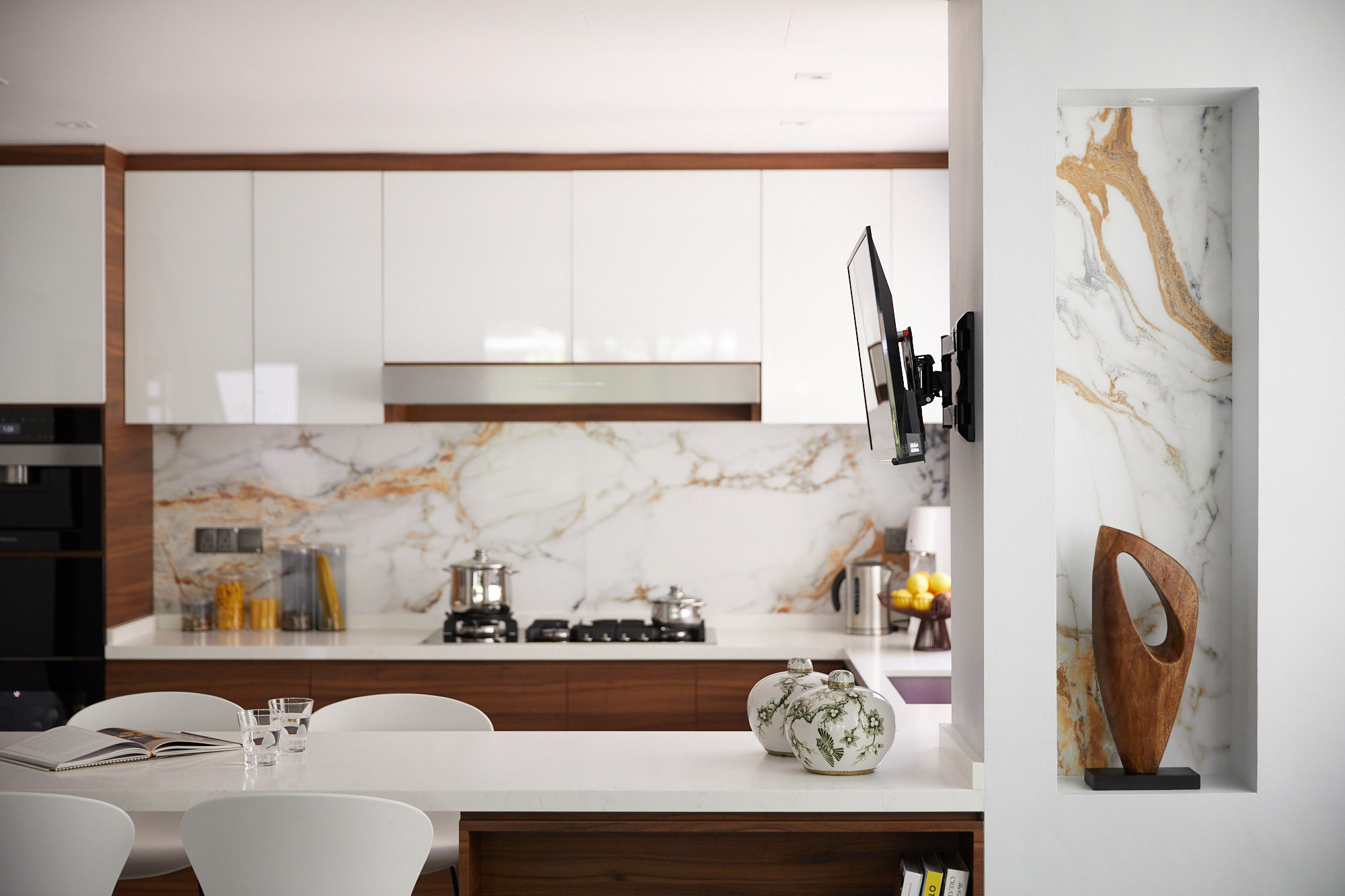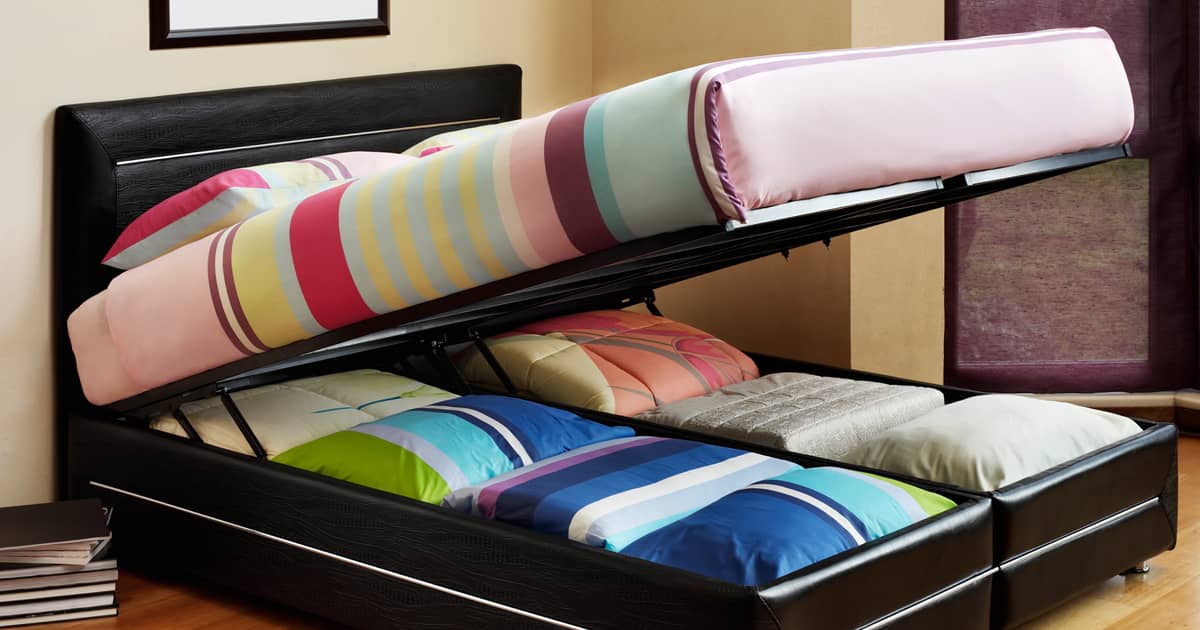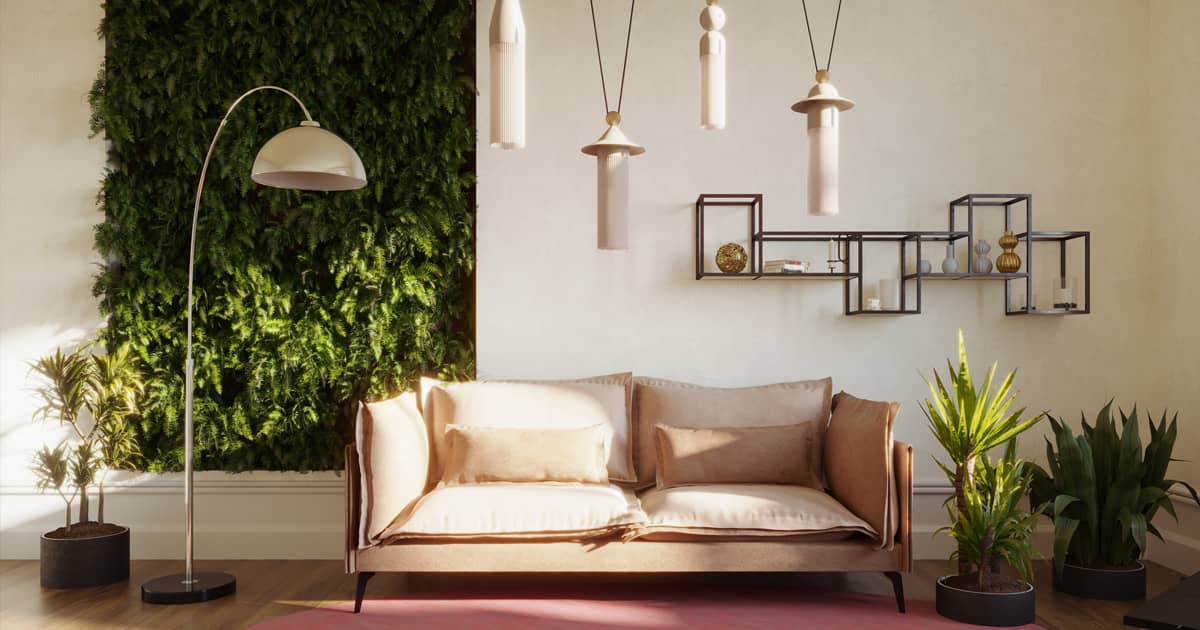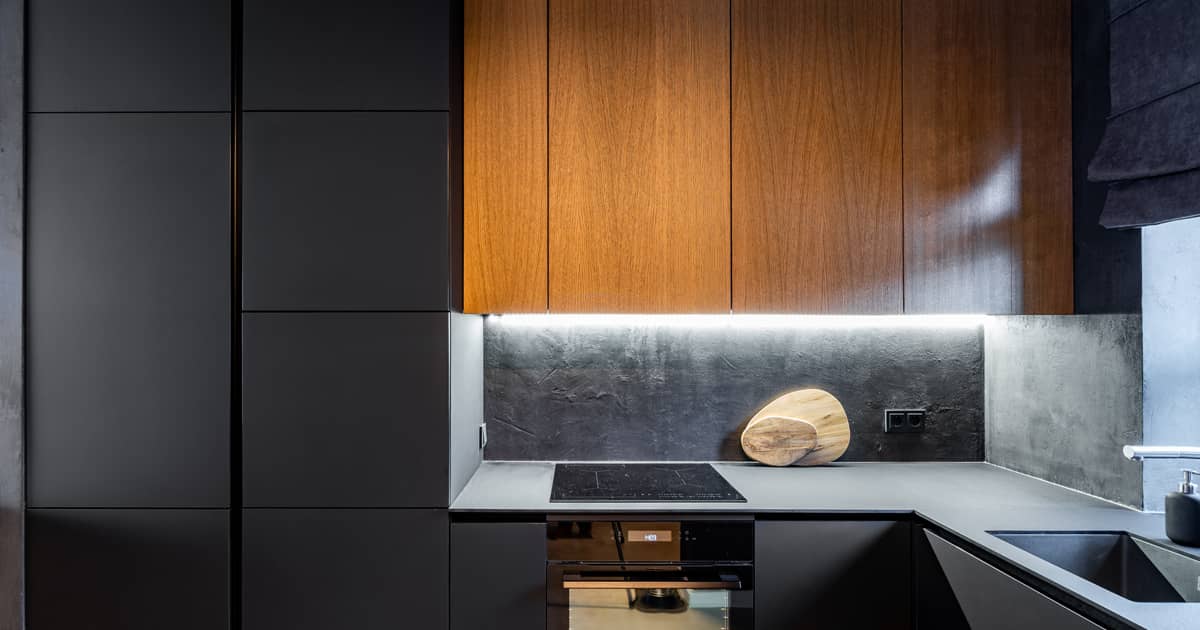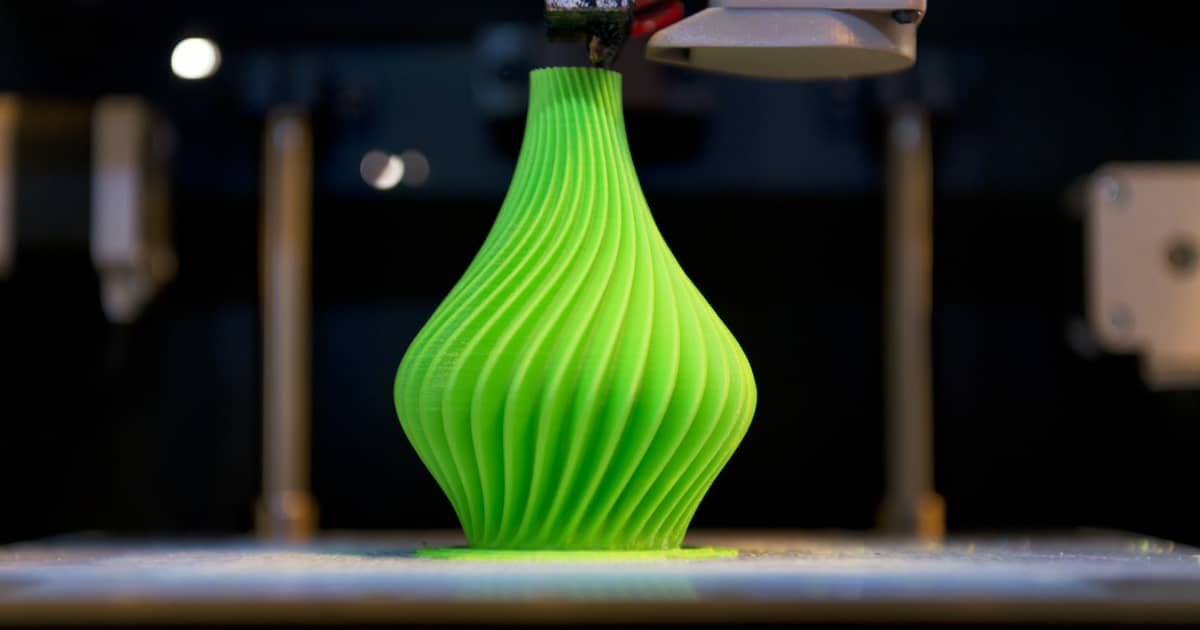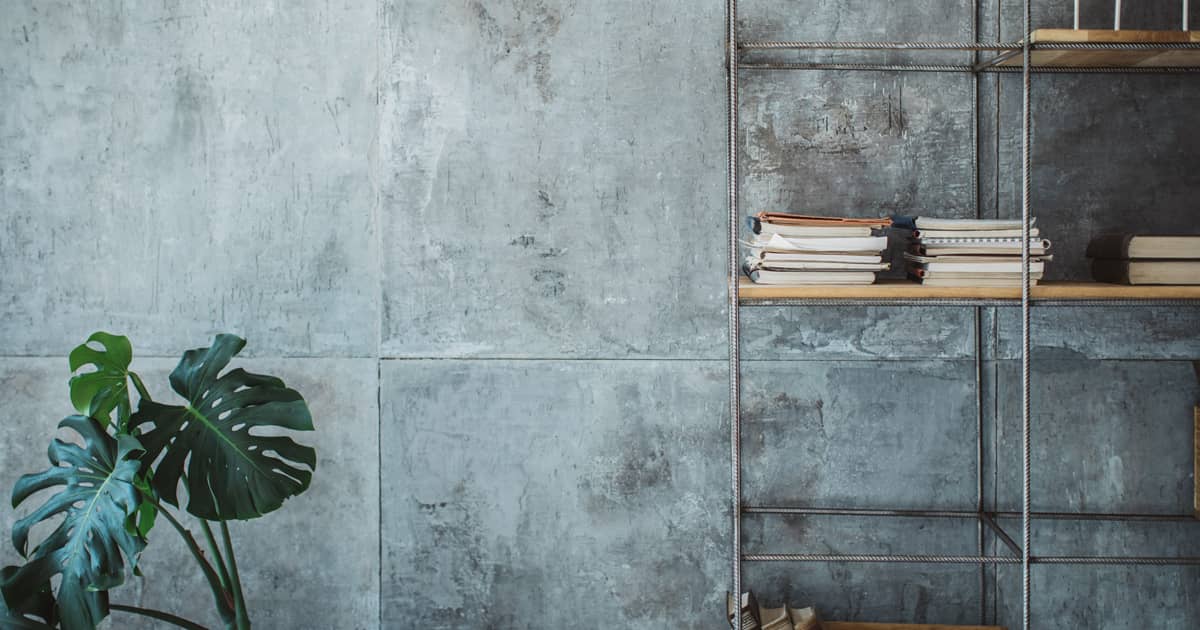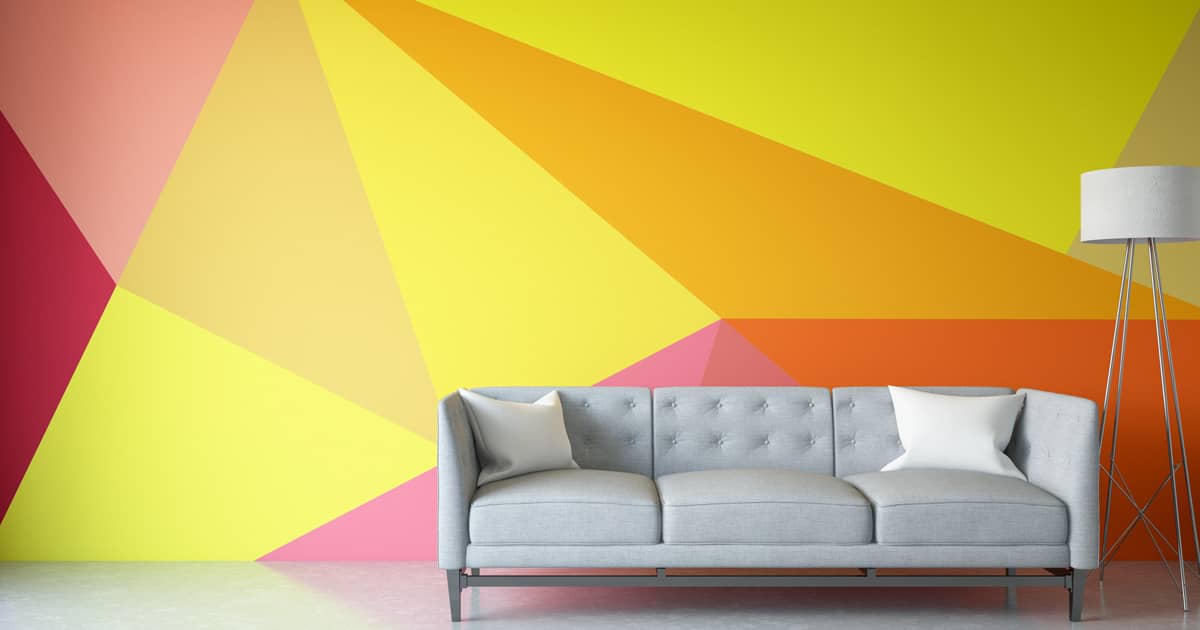Out with the old and in with the new – we’re about to welcome 2024 and the cool new interior design trends that come with it!
While many interior design styles are timeless classics, colourful new opportunities arise with each year. Technological developments, social trends and lifestyle changes all contribute to a bright and exciting interior design world that has a lot to offer. Here are some of the 2024 interior design trends that are going to dominate the landscape.
Smart(er) Homes
The concept of smart homes is nothing new, and countless homeowners are already quenching their thirst for comfort, efficiency, and innovation with myriad cutting-edge technologies within their households.
However, the ground-breaking trends forecasted for 2024 suggest our homes could become far smarter than we currently could imagine.
The future of technologically advanced residences is set to feature innovative options such as integrated smart devices that amalgamate numerous appliances, the next-phase of artificial intelligence capabilities, resident-helper robots to carry out a range of chores, extensive automation at home, and enhanced security measures via high-definition cameras and AI-powered algorithms for incisive data interpretation.
Whilst these possibilities might seem like scenarios straight out of a science fiction film, they’re not just a reality, they’re literally around the corner. Better yet, as we head into 2024, most of these solutions are set to become more wallet-friendly, opening the gateway for a larger chunk of homeowners to relish the broad offerings of smart home technology.
Technology-Free Homes
The allure of tech-free spaces is growing amidst increasing digitisation.
Whilst automatic gadgets and smart devices have made day-to-day life easier, there’s a growing demographic of people who miss the serenity of a time when technology didn’t permeate our living spaces.
Interfaces and digital screens scattered around the house can often detract from the homely atmosphere that many yearn for after a long, strenuous day. Many of us are feeling overwhelmed by tech intrusion and this sentiment will significantly shape our home interiors in the upcoming year.
Hence, expect to see a rise in homeowners opting for traditional, elaborate aesthetics, such as grandpa chic and cottagecore. As we advance rapidly into the digital age, the yearning for simpler, bygone days will only grow stronger.
Bigger and Bolder Colours
In the past, bold and considerably solid colours were used sparingly. They were typically applied to small, selected areas, adding interest to a space without making it appear overpowered.
The palette is shifting dramatically, however. Expect the widespread use of rich and deep tones, creating compelling ambiances. Prepare to encounter rooms entirely designed in vibrant pink, profound oceanic blue, or strikingly bright green.
This emphasis on colour is a nod to the aesthetic of the 1990s, but with an updated twist. Back in the day, monochromatic schemes opted for subdued, neutral tones. For 2024, think of this concept, but taken up a notch, embracing a spectrum of saturated, vibrant shades.
Interior designers are becoming increasingly creative, aiming for impactful and dramatically visual themes. In an evermore uniform world, there is a pressing need for spaces that exude joy and individuality. Hence, the well-known rule of using accent colours only is one of the many about to be overruled in 2024.
The Home Office Will Become a Permanent Fixture
The Covid-19 pandemic brought to light the essential need for a dedicated workspace within one’s home. This need propelled the concept of the home office to the forefront of many interior design plans.
Industry insiders foresee that by 2024, the home office will have evolved from a luxury to a necessity in all modern design schemes. With a shift towards a hybrid style of work that combines both home and office environments, the emphasis on constructing a bespoke workspace within a residential setting will likely continue to grow. Therefore, it’s logical to expect the home office to figure comprehensively in upcoming renovation blueprints.
Comfy Fabrics in Places Where You Don’t Expect Them
The pandemic-induced lockdowns have sparked a growing interior design trend – the pursuit of comfort. This craving for a cosy environment has managed to endure post-lockdown, leading designers to devise a multitude of novel and intriguing solutions.
One such strategy designed to maximise homeliness and comfort is the implementation of soft materials in places they’re usually absent.
Recently, the application of unique wallpaper that mimics fabric finishes on walls has gained significant popularity, and this trend is set to continue its ascend in 2024.
This fabric-driven approach could equally be utilised for doors, enveloping the entire room in a soft, ambient aura with a lustrous finish.
Although this option may not be the flavour of the month for everyone, one can’t deny the incredible transformation power of such wallpaper. It can swiftly change a sterile, minimalist setting into a welcoming sanctuary that most would love to spend time in.
In essence, this trend is shaped by maximalism, a design approach that many are growing increasingly accustomed to. It serves as a potent antithesis to minimalist design philosophies sometimes viewed as devoid of charisma and individuality.
2024: A Thrilling Year for Interior Design
As one can anticipate, 2024 appears to be a thrilling year when it comes to home interior design in Singapore. The coming twelve months will celebrate the juxtaposition of varied stylistic elements in interior spaces. A plethora of options await you, enabling you to tailor your home to reflect your unique persona.
If you’re uncertain about harmoniously integrating these promising trends into your existing decor, don’t worry. Simply get in touch with Home Guide. Our seasoned home renovation contractors are ready to bring your vision to life, laying emphasis on both aesthetic appeal and practicality.
